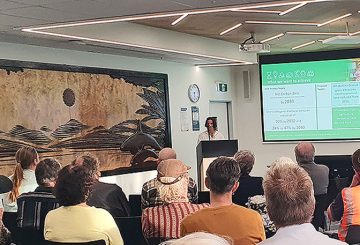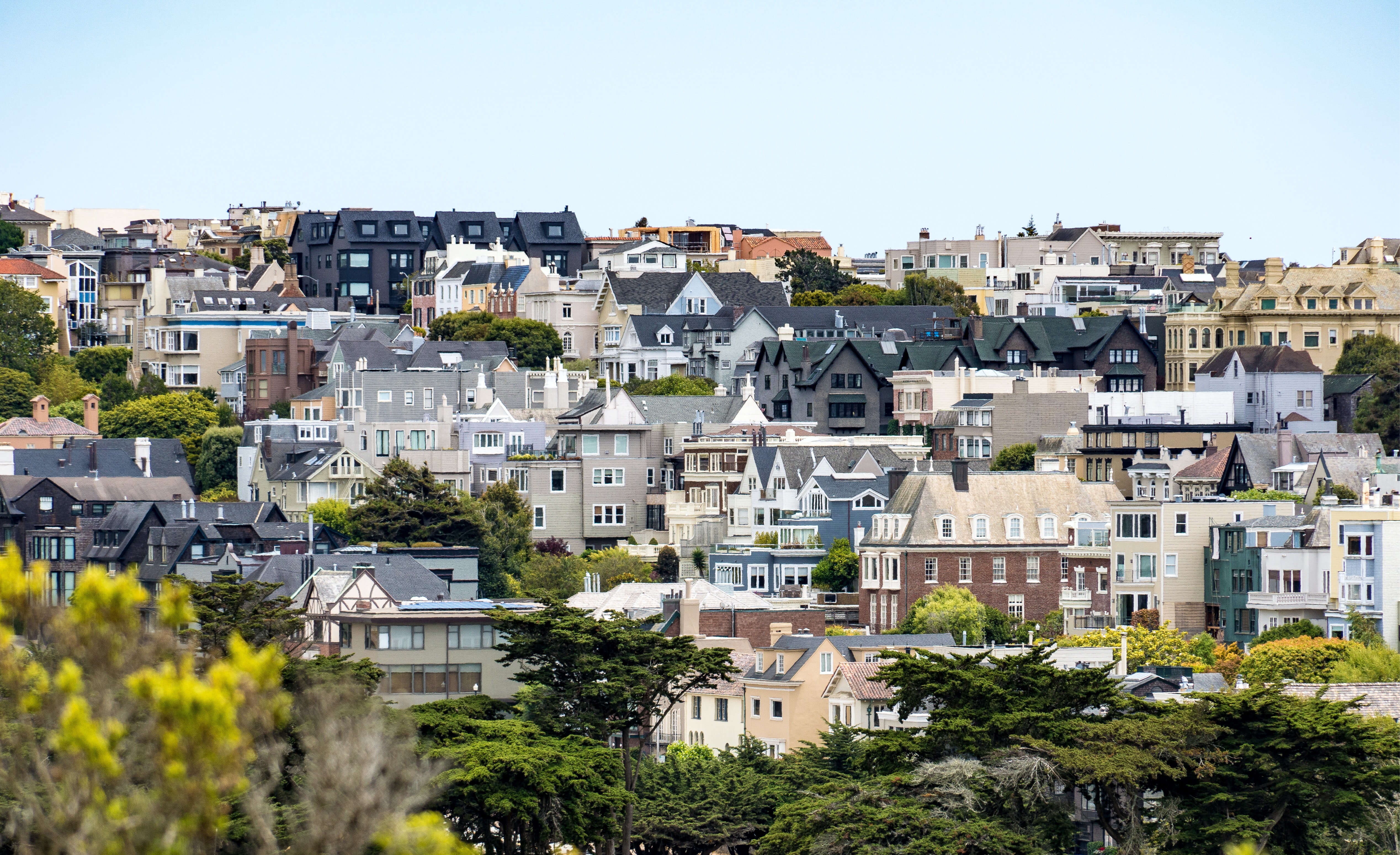Предложенная установка для сжигания отходов в энергию стоимостью 730 миллионов долларов в Кайпаре, Новая Зеландия, близится к реализации. Эта электростанция, которая будет сжигать мусор из Окленда и Нортленда для производства электроэнергии, потенциально может стать крупнейшей в стране. По словам мэра Кайпары Крейга Джепсона, строительство может начаться через два года.
Джепсон призывает правительство ускорить процесс утверждения проекта. В строительстве станции окружной совет Кайпара сотрудничает с компанией South Island Resource Recovery Limited (SIRRL), контрольный пакет акций которой находится за рубежом. Объект может быть введен в эксплуатацию к 2028 году.
Директор совета директоров SIRRL Пол Тейлор сообщил, что мэры Окленда и Нортленда попросили компанию предоставить данные для технико-экономического обоснования потенциальной установки по производству энергии из отходов на Северном острове. Следующие шаги будут определены мэрами в консультации со своими советами и сообществами.
Предлагаемое предприятие в Кайпаре будет ежегодно перерабатывать около 730 000 тонн мусора из Окленда и Нортленда. Это вдвое больше, чем предполагаемая установка для сжигания отходов в энергию стоимостью 350 миллионов долларов в окрестностях Уэймейта в Южном Кентербери. Решение о том, будет ли введена в эксплуатацию мусоросжигательная установка в Уэймейте, в настоящее время принимает правительство.
Сью Куттс, сторонница инициативы «Нулевые отходы», выразила обеспокоенность по поводу воздействия установки для сжигания отходов в энергию на окружающую среду и здоровье. Она также выразила обеспокоенность отсутствием подробностей об ускоренном подходе правительства к реализации крупных инфраструктурных проектов.
Однако мэр Джепсон заявил, что технология преобразования отходов в энергию развивалась за последние 30 лет, и прежние опасения по поводу опасных загрязнителей больше не актуальны. Он добавил, что электростанция в Кайпаре принесет значительные преимущества, включая производство 72 МВт электроэнергии в год для 165 000 домов и 210 тонн строительного заполнителя, например гравия.
Несмотря на эти преимущества, Куттс предупредил, что международные компании, занимающиеся переработкой отходов в энергию, ориентируются на страны со слабым регулированием, поскольку спрос в Европе снизился. Она также заявила, что предлагаемый объект противоречит стремлению Нортленда использовать возобновляемые источники энергии, поскольку для сжигания мусора используется большое количество ископаемого топлива.
В ответ Джепсон заявила, что для сжигания мусора в Кайпаре будет использоваться экологически чистый газ, который затем будет поддерживаться за счет энергии, вырабатываемой самим мусором.





























































